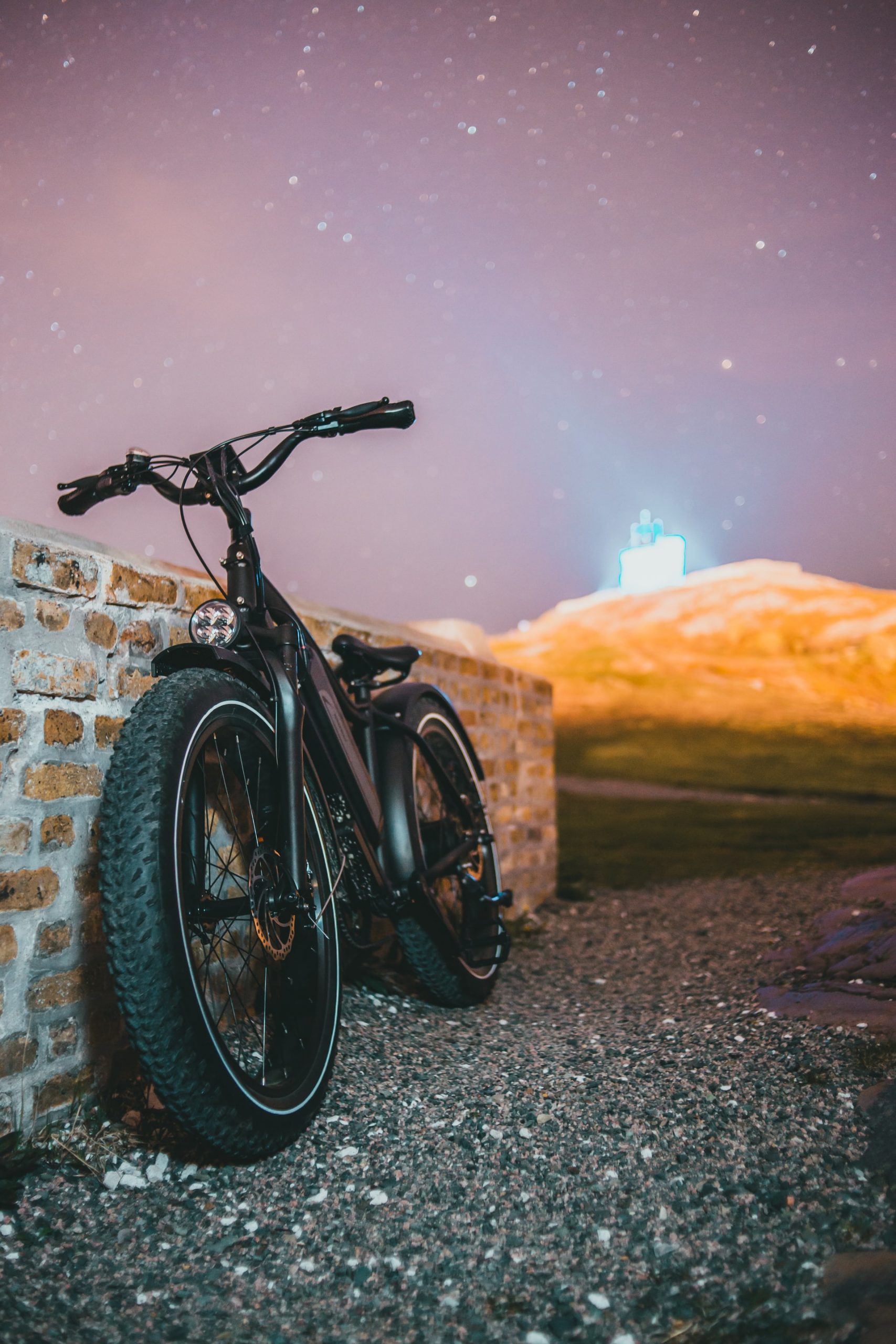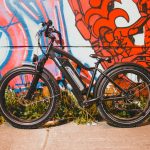Mountain biking is an exciting sport that lets you explore nature while getting good exercise. For people just starting mountain biking, choosing the right bike is very important for having a safe and fun time on the trails. Fat bikes are an excellent choice for new mountain bikers because of how stable, grippy, and smooth they ride. With some research and test rides, beginners can find the perfect fat bike to start their mountain biking experience.
Fat Bikes are Very Stable
One big reason fat bikes are great for new mountain bikers is that they are very stable and easy to control. Fat bikes get their name from their extra wide tires, which are usually 3.8-5 inches wide. These big tires give some useful benefits:
First, the wide tires have a large contact patch with the ground. This makes the fat bike less likely to slip or lose traction in loose trail conditions like gravel, sand, or mud. Beginners will feel more steady rolling over changing surfaces.
Also, the big tire footprint makes balancing at slow speeds easier. Beginners can focus on learning important skills like shifting, braking, and bike handling without worrying about falling over. The stability gives new riders the control they need to gain confidence on the trails.
Finally, fat bikes have a slack head tube angle, usually around 68-69 degrees. This steering geometry helps them ride straight. Beginners will find it easy to go straight over bumps and hold a line around corners. All together, these stability features let beginner riders feel way more in control compared to normal mountain bikes.
Excellent Traction for Climbing and Cornering
Besides being stable, fat bikes also have amazing traction for climbing and cornering. The giant tires have two or three times more contact with the ground than a regular mountain bike’s tires. This results in awesome traction for handling tricky terrain.
For new riders learning to climb technical uphill sections, the grip and traction of fat bikes is very helpful. The tires claw over loose surfaces like gravel and sand easily. Beginners can focus on finding the best line uphill without losing momentum from tire slip.
Also, fat bikes give confidence for cornering on loose ground. The huge contact patch lets the tires bite into gravel, sandy berms, and other slippery corners really well. Beginners can carry more speed through turns knowing their tires will hold the line.
The excellent traction from fat bikes lets beginners work on essential riding skills without struggling for grip. New riders will find they can try more challenging terrain earlier thanks to the sticky tires.
Very Forgiving and Comfortable
The last big advantage of fat bikes for beginners is they have an extremely cushy and forgiving ride. Between the wide tires and relatively low air pressure, fat bikes absorb bumps better than any other mountain bike.
This soft ride means two good things for newer riders. First, it helps even out bumps and vibration on rough trail sections. Beginners can roll over rocky, rooty areas with less tiredness and discomfort. Second, the tires flex more when hitting obstacles like roots or rock gardens. This gives beginners some room for error in line choice, helping protect their rims and wheels.
Overall, fat bikes are very forgiving when beginners make mistakes on technical sections. The smooth ride protects both the bike and the rider’s body from jarring impacts. This reduces the harshness of the learning process on bumpy trails.
Ride Any Terrain, Any Season
Another benefit of fat bikes is they can ride on many terrain types and trail conditions. Those massive tires are great not just on regular dirt trails, but also sand, snow, and mud.
Riding sand is much easier with a fat bike because of the increased tire surface area and traction. Beginners planning to ride sandy trails like beach routes will like how fat bikes float over the sand.
Fat bikes are also excellent in snowy winter conditions. Their huge footprint helps them stay on top of the snow instead of sinking in. New riders can keep riding all year with a fat bike.
The same is true for muddy, messy trails. Skinny tire bikes can get clogged with thick mud. But fat bikes power through muddy sections thanks to having lots of room around the tires. Beginners don’t have to avoid muddy conditions.
With a fat bike, new mountain bikers can access so many different terrains and trails. A fat bike means being able to ride year-round over surfaces like sand, mud, and snow.
Great Geometry for the Money
Finally, fat bikes have the ideal geometry and capability for beginners looking to spend the least amount possible. More aggressive trail or enduro bikes can cost $3,000 to $7,000 for a good model. But capable fat bikes are available for $1,500 to $2,500 from most major brands.
At this lower price, fat bikes have geometry beginners need. They have:
- Slack head angles for stability
- Shorter top tubes for comfort
- Wider handlebars for control
Compared to cheaper skinny tire mountain bikes, fat bikes deliver better stability, traction, and handling for new riders. The designs match beginner needs for less upfront cost.
For riders wanting to try mountain biking cheaply, fat bikes are the smart pick. The ideal geometry gives confidence-inspiring handling at a lower price with a fat bike.
Test Ride and Choose Your Fat Bike
If you’re convinced fat bikes are the perfect start for mountain biking, the next step is to try some models. Most local bike shops will have a few fat bike choices to demo or rent affordably. Take each bike on a short test ride on the terrain you want to ride to compare them.
Some key things to assess when test riding and picking your first fat bike:
- Comfort – Do you feel centered on the bike? Can you sit and pedal easily for a while?
- Stability – Does the bike feel planted over rough ground? Does it go straight well?
- Handling – Is it easy to lean and steer the bike? Do tight turns feel nimble?
- Control – Can you brake and shift comfortably from the handlebars? Do the brakes work smoothly?
- Traction – Does the rear wheel slip when climbing loose steep sections? Do you feel sure cornering on loose ground?
- Suspension – If it has front suspension, does it absorb bumps without too much bouncing?
Try bikes from brands like Surly, Salsa, Framed, Borealis, and others. Talk to bike shop staff about differences between models. Consider parts like steel vs aluminum frames, tire tread patterns, and gear ranges.
After some test rides, you’ll be able to pick a fat bike matched to your local trails, riding style, and skill level. Then you can start mountain biking with the perfect confidence-boosting bike.
Learn Skills Faster on a Fat Bike
Fat bikes are changing beginner mountain biking by providing awesome stability, traction, and handling. New riders can ride trails and conditions that would be really tricky on a normal skinny tire mountain bike.
As a beginner, you’ll spend less time fighting your bike for control. Instead, you can focus on improving key skills like climbing, cornering, shifting, and braking. You’ll get competent and confident much faster on a fat bike.
While they aren’t the lightest or fastest bikes around, fat bikes give unmatched enjoyment and skills growth for new riders. If you’re looking to start mountain biking, do yourself a favor and try a local fat bike demo. The easy handling and forgiveness of fat bikes will empower your progress up the mountain biking learning curve. You’ll be shredding singletrack and smiling wide before you know it.






